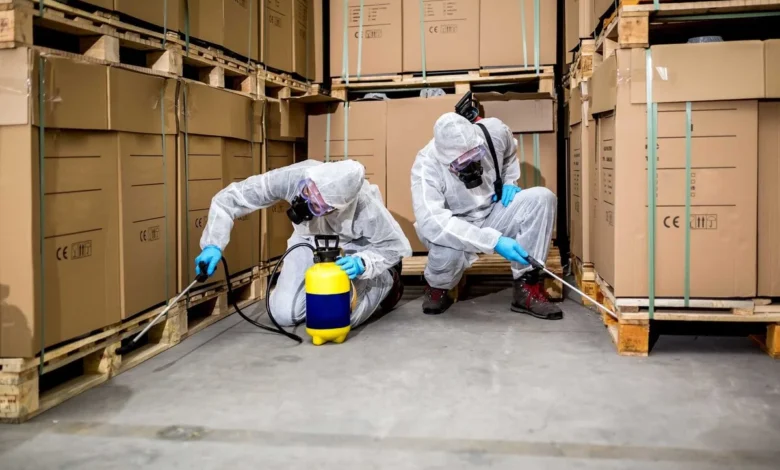Integrated Pest Management Strategies for Sustainable Commercial Pest Control

Efficient pest control is essential for businesses to uphold a safe and healthy environment for both employees and customers. Integrated Pest Management (IPM) emerges as a sustainable approach emphasizing prevention, monitoring, and environmentally friendly solutions. By integrating various strategies, businesses can effectively manage vermin infestations while minimizing risks to human health and the environment. In the context of commercial pest control, implementing these strategies is essential for businesses to mitigate the risks associated with vermin infestations.
Understanding Integrated Pest Management
It embodies a thorough method for managing vermin, seeking to reduce reliance on chemical pesticides while optimizing the efficacy of alternative control measures. Rather than depending solely on pesticides, Integrated Pest Management (IPM) integrates diverse strategies to comprehensively tackle vermin issues. These strategies include cultural, mechanical, biological, and chemical controls, each playing a unique role in vermin management.
Identification and Monitoring
Identification and monitoring are foundational elements of Integrated Pest Management, serving as the initial step toward effective pest control in commercial settings. Regular and thorough inspections enable businesses to detect signs of infestation early on, facilitating swift intervention to prevent further spread. By gaining insights into the specific types of pests present and their behavioral tendencies, businesses can customize their strategies to address the unique challenges posed by each vermin species.
Cultural Controls
Cultural controls play a pivotal role in IPM, focusing on altering the environment to discourage vermin infestations. Businesses implement practices like stringent waste management, rigorous sanitation protocols, and meticulous upkeep of orderly spaces. These measures effectively eliminate potential food, water, and shelter sources, creating an inhospitable environment for vermin and significantly reducing the likelihood of infestation.
Mechanical Controls
Mechanical controls constitute a fundamental aspect of Integrated Pest Management, leveraging physical barriers and traps to impede vermin access or eradicate them from the premises. Businesses employ various techniques such as sealing entry points, fitting screens on windows and doors, and strategically placing traps. These methods provide a non-toxic and eco-friendly alternative to chemical pesticides, effectively mitigating vermin infestations while minimizing environmental impact.
Biological Controls
Biological controls utilize natural predators, parasites, or pathogens to manage vermin populations. By introducing these natural enemies into the environment, businesses can reduce pest numbers without relying on chemical pesticides. Biological controls are particularly adequate for long-term vermin management and are often used in conjunction with other control methods.
Chemical Controls
While minimizing chemical pesticide use is a core principle of IPM, judicious application of pesticides may still be necessary in some cases. However, it emphasizes using low-toxicity and targeted pesticides to minimize risks to human health and the environment. Chemical controls should be used only as a last resort when other control methods have proven ineffective.
Implementation of IPM
Implementing an IPM program requires a coordinated effort and commitment from all stakeholders. Businesses should invest in staff training and education to ensure everyone understands their role in vermin management. Consistently monitoring and assessing these programs is vital to pinpoint areas requiring enhancement and maintain their continuous effectiveness.
Benefits of IPM
There are numerous benefits to adopting these Management approaches in commercial settings. These include:
- Reduced reliance on chemical pesticides, leading to decreased risks to human health and the environment.
- Cost savings through the use of non-toxic and preventative vermin control methods.
- Long-term vermin management solutions that address the root causes of infestations.
- Improved safety and hygiene standards within the commercial premises, enhancing the business’s overall reputation.
They offer a sustainable and practical approach to commercial pest control. Businesses can mitigate the risks by combining cultural, mechanical, biological, and chemical controls while minimizing environmental impact. Through effective implementation and continuous monitoring, Integrated Pest Management (IPM) enables businesses to uphold an environment free from pests, safeguarding employees’ and customers’ health and well-being.
Read More: The Best Pizzas in the Pizza Edition




